Template Vs Nontemplate Strand - It is complementary to the coding strand and has a sequence that is identical to the rna transcript, except for the substitution of thymine with uracil in rna. The template strand is the one that rna polymerase uses as the basis to build the rna. Dna polymerase also proofreads each new dna strand to make sure that there are no errors. Template strand is directed in the 5’ to 3’ direction. The coding strand of dna is the strand that codes for the gene of interest. Web wherever a gene exists on a dna molecule, one strand is the coding strand (or sense strand ), and the other is the noncoding strand (also called the antisense strand, [3] anticoding strand, template strand or transcribed strand ). Web noun [ edit] template strand ( plural template strands ) ( genetics) the noncoding strand of a dna molecule that is used as a template for rna synthesis. Describe the genetic code, codons, and anticodons, and how they relate to one another. Web dna template strand and the creation of its complementary strand the primary enzyme involved in this is dna polymerase which joins nucleotides to synthesize the new complementary strand. The template strand is the strand that will be used to transcribe the mrna from its complementary to the mrna.

Template vs. Nontemplate (Noncoding vs. Coding strand of DNA) YouTube
The coding strand serves as a template for producing complementary rna. Web the nontemplate strand is referred to as the coding strand because its sequence will be the same as that of the new rna molecule. Dna polymerase also proofreads each new dna strand to make sure that there are no errors. Describe the genetic code, codons, and anticodons, and.

Coding NonCoding Sense Antisense Template and NonTemplate Strands
Web the nontemplate strand is referred to as the coding strand because its sequence will be the same as that of the new rna molecule. Web template is a synonym of templet. It contains complementary nucleotide sequences to the transcribed mrna. During transcription, one of the two. During initiation, σ subunit interactions with the nontemplate dna regulate promoter complex formation.
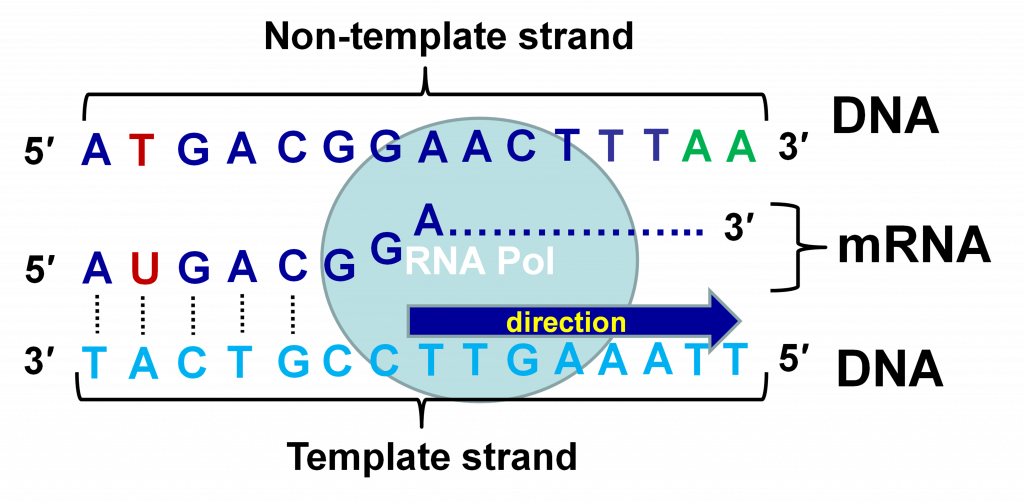
Gene Expression Transcription Agriculture, and Biotechnology
Describe the genetic code, codons, and anticodons, and how they relate to one another. During transcription, one of the two. Dna polymerase also proofreads each new dna strand to make sure that there are no errors. This strand is called the template strand. The template strand is complementary to.
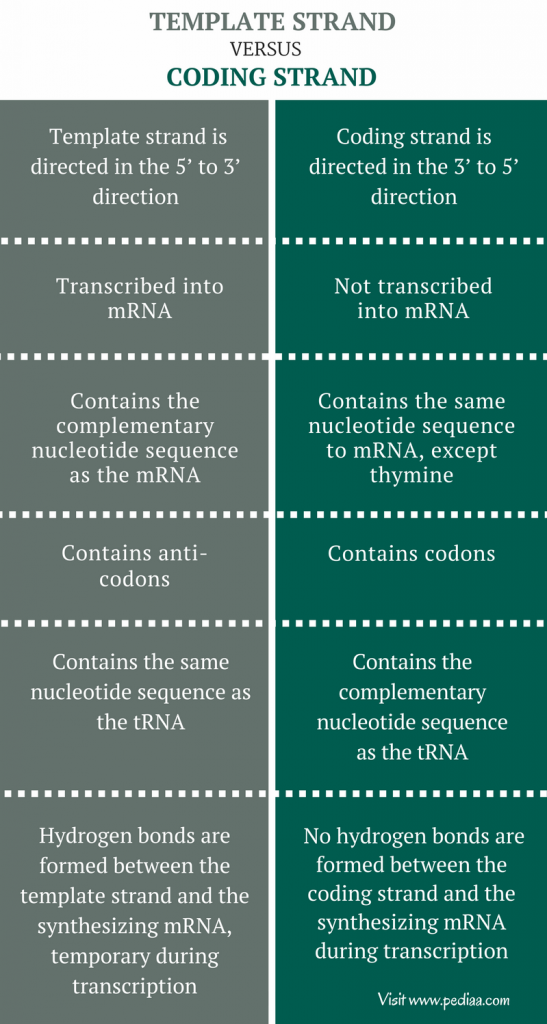
Difference Between Template and Coding Strand Definition
Web transcription uses one of the two exposed dna strands as a template; Web noun [ edit] template strand ( plural template strands ) ( genetics) the noncoding strand of a dna molecule that is used as a template for rna synthesis. Describe the genetic code, codons, and anticodons, and how they relate to one another. (genetics) the noncoding strand.
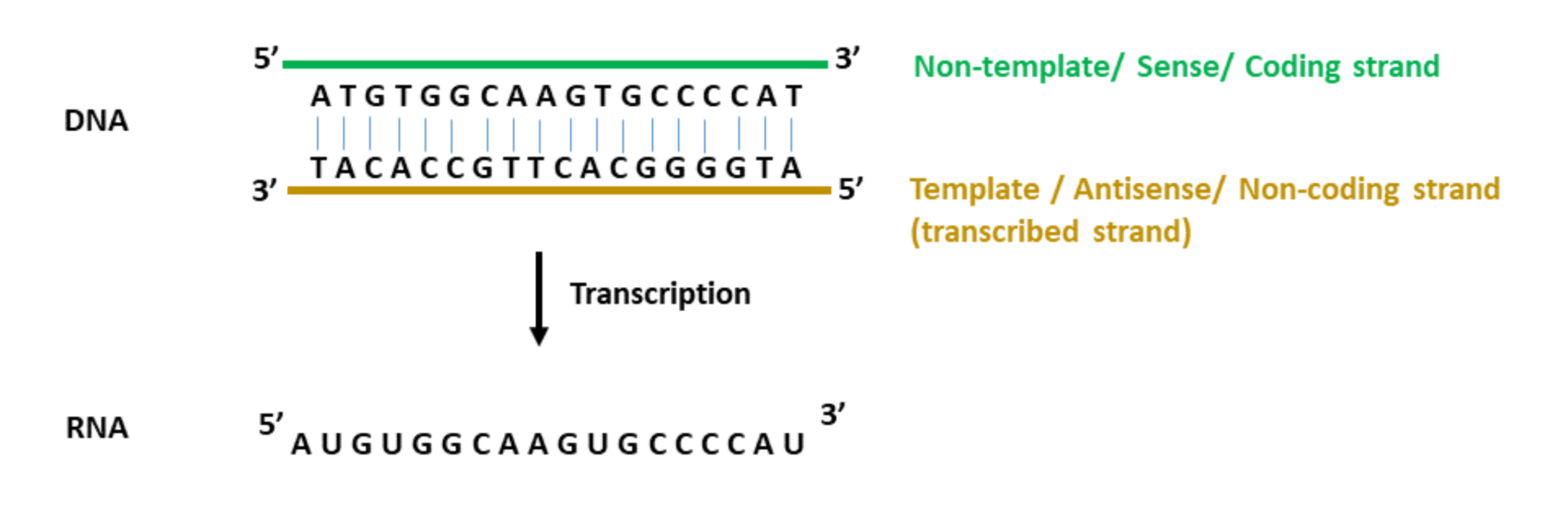
Template Strand Vs Non Template Strand
(genetics) the noncoding strand of a dna molecule that is used as a template for rna synthesis. | quizlet what adds nucleotides to the growing dna strand? Web transcription uses one of the two exposed dna strands as a template; The rna product is complementary to the template strand and is almost identical to the other dna strand, called the.
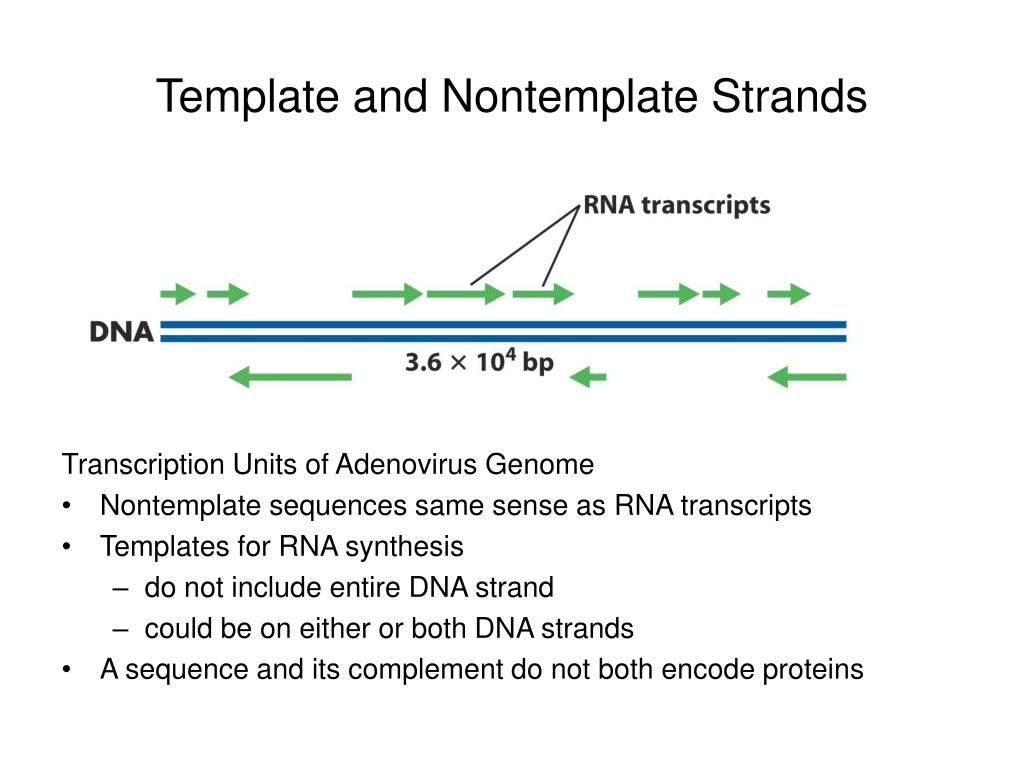
Non Template Strand
Describe the genetic code, codons, and anticodons, and how they relate to one another. Web template is a synonym of templet. In most organisms, the strand of dna that serves as the. During initiation, σ subunit interactions with the nontemplate dna regulate promoter complex formation and lifetime, abortive synthesis,. The term template strand refers to the dna sequence that can.

Difference between Sense Strand and Antisense Strand of DNA Dna
It contains complementary nucleotide sequences to the transcribed mrna. This strand is also called the coding. It is complementary to the coding strand and has a sequence that is identical to the rna transcript, except for the substitution of thymine with uracil in rna. What type of enzyme cuts the donor dna? Web difference between template and coding strand (coding.
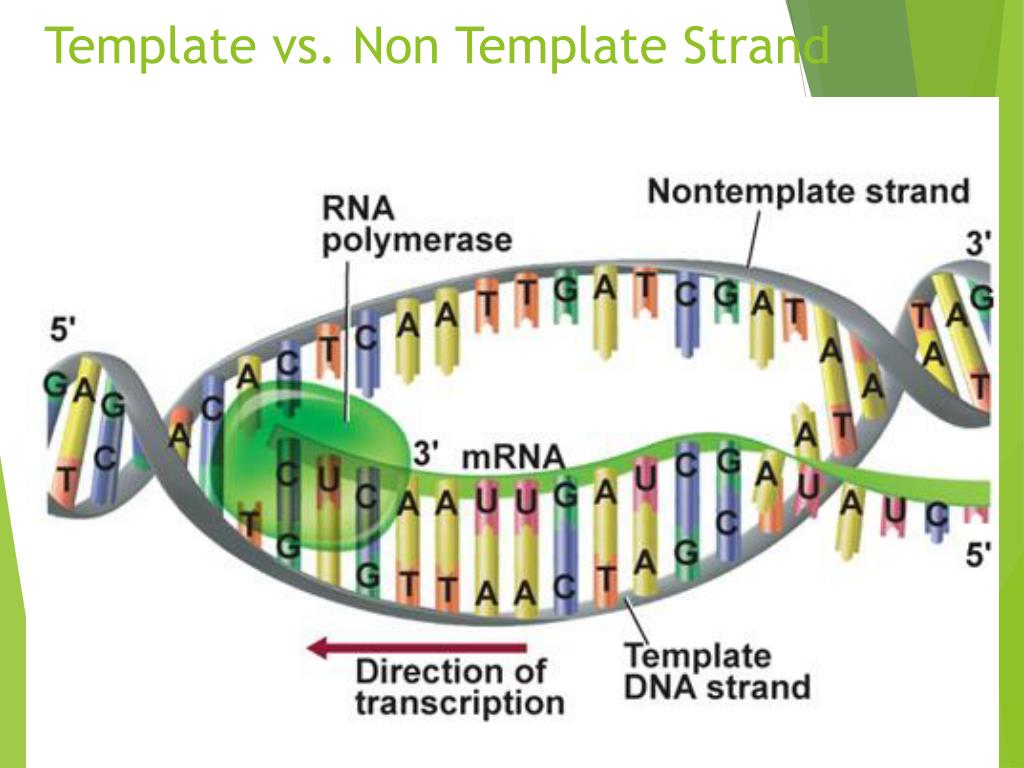
PPT DNA Transcription and Translation PowerPoint Presentation, free
The coding strand, also called the sense strand or the plus strand, is a crucial component of the dna molecule. Web template is a synonym of templet. In most organisms, the strand of dna that serves as the. What type of enzyme cuts the donor dna? It contains complementary nucleotide sequences to the transcribed mrna.
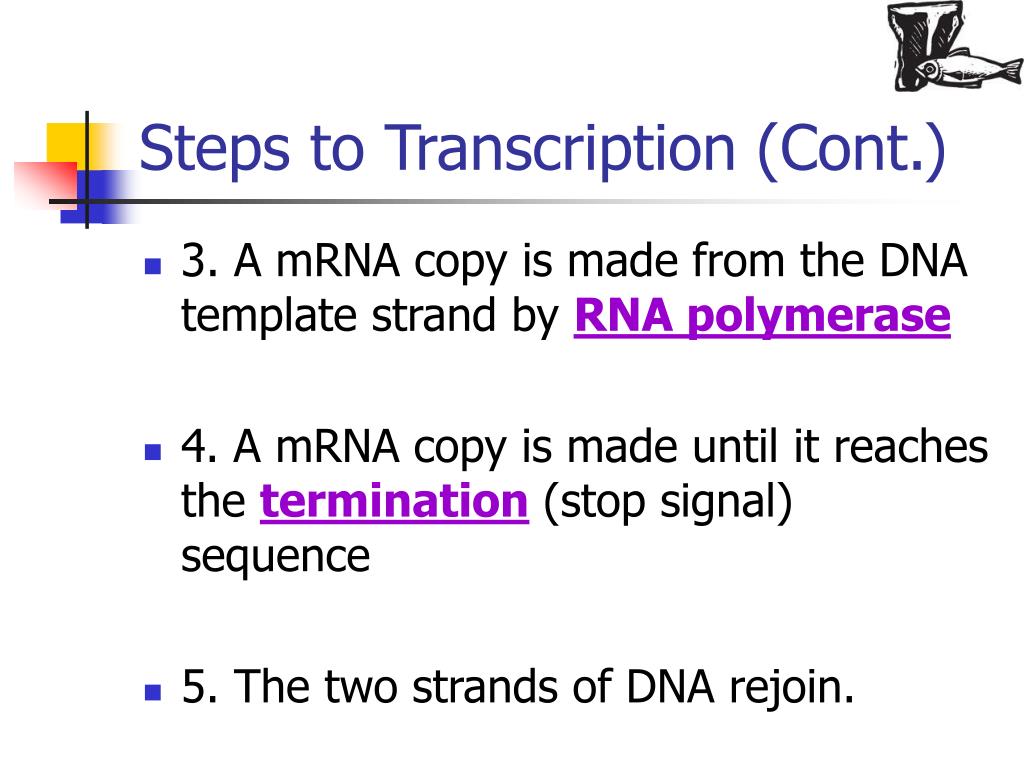
Template Vs Nontemplate Strand
Web wherever a gene exists on a dna molecule, one strand is the coding strand (or sense strand ), and the other is the noncoding strand (also called the antisense strand, [3] anticoding strand, template strand or transcribed strand ). During transcription, one of the two. (genetics) the noncoding strand of a dna molecule that is used as a template.

Template Vs Nontemplate Strand
The template strand, also referred to as the antisense strand or the minus strand, plays an important role in rna synthesis. Web what is the difference between coding strand and template strand? Web difference between template and coding strand (coding strand vs. During initiation, σ subunit interactions with the nontemplate dna regulate promoter complex formation and lifetime, abortive synthesis,. Dna.
Web difference between template and coding strand (coding strand vs. What type of enzyme cuts the donor dna? Web noun [ edit] template strand ( plural template strands ) ( genetics) the noncoding strand of a dna molecule that is used as a template for rna synthesis. Web comparison chart definition of template strand the template strand is one of the dna strands whose base sequence helps in building mrna through complementary base sequencing. It contains complementary nucleotide sequences to the transcribed mrna. During transcription, one of the two. This strand is also called the coding. This strand is called the template strand. The rna product is complementary to the template strand and is almost identical to the other dna strand, called the nontemplate (or coding ) strand. Web the nontemplate strand is referred to as the coding strand because its sequence will be the same as that of the new rna molecule. Describe the genetic code, codons, and anticodons, and how they relate to one another. The template strand is complementary to. The template strand, also referred to as the antisense strand or the minus strand, plays an important role in rna synthesis. | quizlet what adds nucleotides to the growing dna strand? Web template is a synonym of templet. It is complementary to the coding strand and has a sequence that is identical to the rna transcript, except for the substitution of thymine with uracil in rna. The template strand is the strand that will be used to transcribe the mrna from its complementary to the mrna. The coding strand serves as a template for producing complementary rna. Web wherever a gene exists on a dna molecule, one strand is the coding strand (or sense strand ), and the other is the noncoding strand (also called the antisense strand, [3] anticoding strand, template strand or transcribed strand ). The template strand is the one that rna polymerase uses as the basis to build the rna.